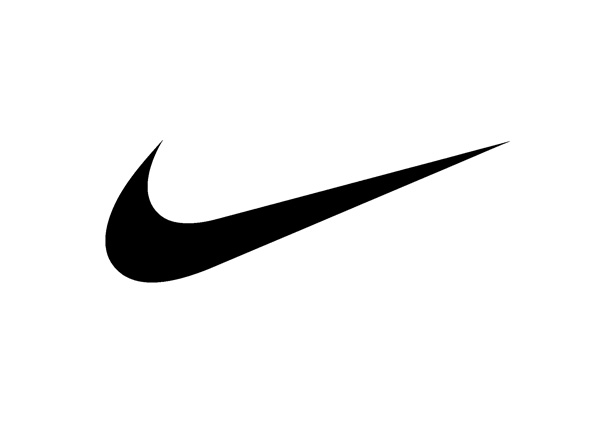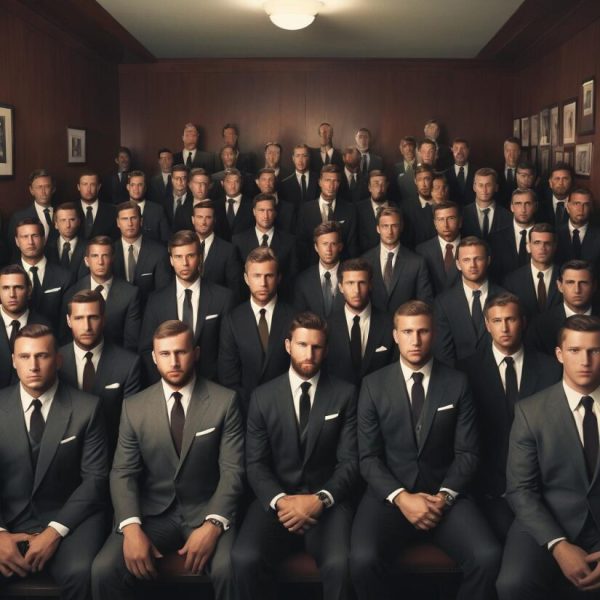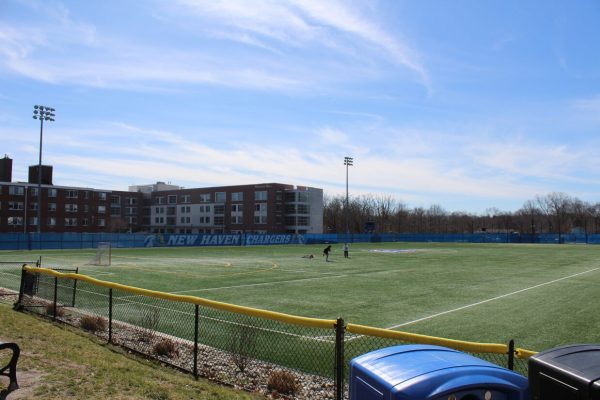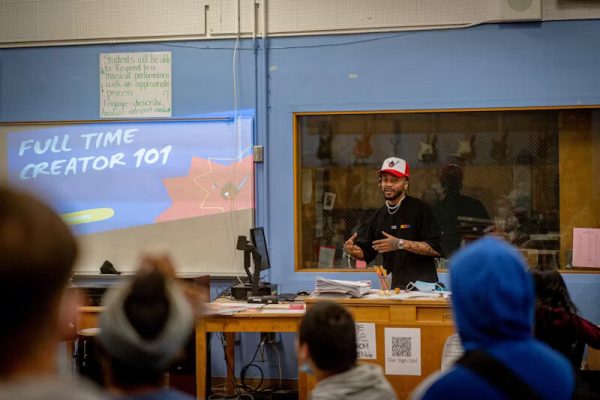Mary Cain and Nike Release a Short Film on Physical Health
Last November, the New York Times released a seven-minute opinion video that showed Mary Cain discussing her career with Nike. Once the fastest woman in America, the film shows Cain out-running competitors and speeding across finish lines, but her career was destroyed by her male coaches in a program designed to shame women.
The video begins with Cain saying, “I joined Nike because I wanted to be the best female athlete, ever. Instead, I was emotionally and physically abused by a system designed by Alberto and endorsed by Nike.” Alberto is Alberto Salazar, the head coach at Nike’s Oregon Project, “a renowned long-distance running training program,” according to the New York Times, was banned from competition. This came after “multiple anti-doping rule violations” after “following a four-year investigation by the US Anti-Doping Agency (USADA),” said CNN.
Cain then says that her training was designed for males, and not females. According to the New York Times, Cain argues “that the current system is designed by and for men, and that with more female psychologists, nutritionists and coaches in positions of power, young girls can be better protected from similar maltreatment.”
In the film, Cain talks about the scrutiny she was under for her weight.
“In order for me to get better, I had to become thinner, and thinner, and thinner,” Cain said. Cain questions why Nike never had a sports psychologist or nutritionist available.
In addition to the harassment, Alberto would “weigh me in front of my teammates” to try and get me to 114 pounds, Cain says. That weight was Salazar’s “arbitrary number” of how much Cain was supposed to weigh.
After enduring the training program, Cain developed relative energy deficiency in sports, commonly called RED-S Syndrome.
“Not eating appropriately for the amount of energy an athlete expends is really the root of this syndrome,” said Dr. Andrea Spiker, from UW Health. “For women, the syndrome usually manifests as disordered eating, loss of menstrual periods and decreased bone mineral density.”
In Cain’s case with RED-S Syndrome, she broke five different bones during her time at Nike. After Cain faced this more and more in her training program, Cain said, “I started to have suicidal thoughts.”
Nike needs to re-evaluate how they treat women. Nike needs more women involved in its programs. Nike needs to understand that men and women’s bodies are different and that what may work for a man, may not work for a woman.
In the wake of this video’s release, other athletes have spoken out. Amy Yoder Begley, the coach of the Atlantic Track Club, was kicked out of the Oregon project, because, she said, “ I was told I was too fat” and “had the biggest butt on the starting line.” A former Nike coach, Steve Magness said, “I witnessed many instances that confirm,” Cain and Begley’s allegations. “It was part of the culture.”
If Nike’s company culture is forcing women’s bodies to reach points in which their athletic ability is determined based on their weight, then Cain is right, their culture needs to change.








